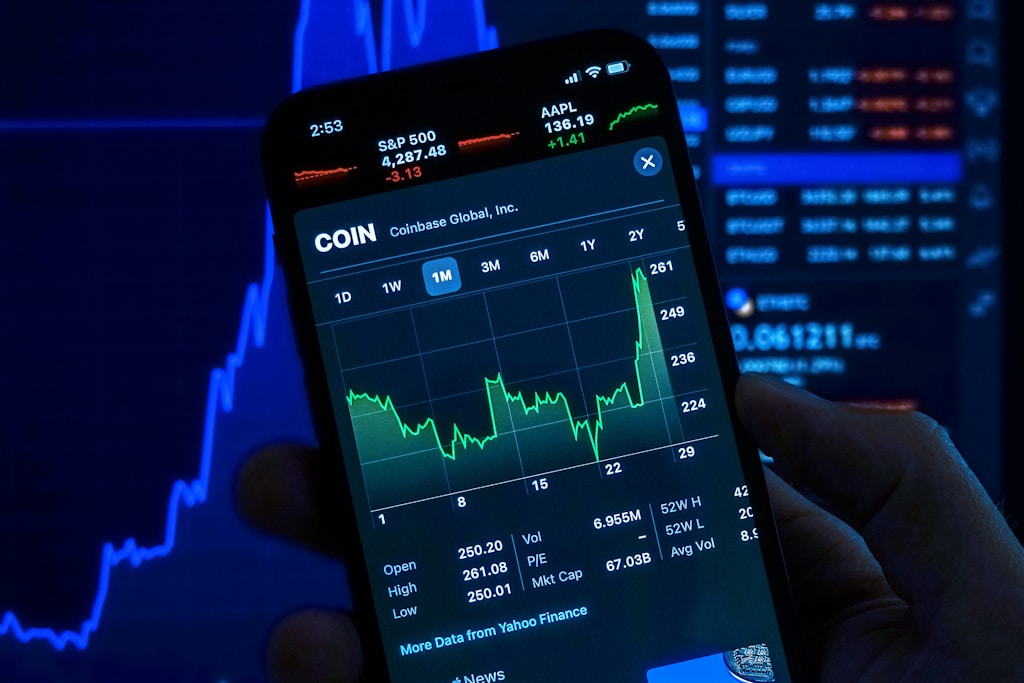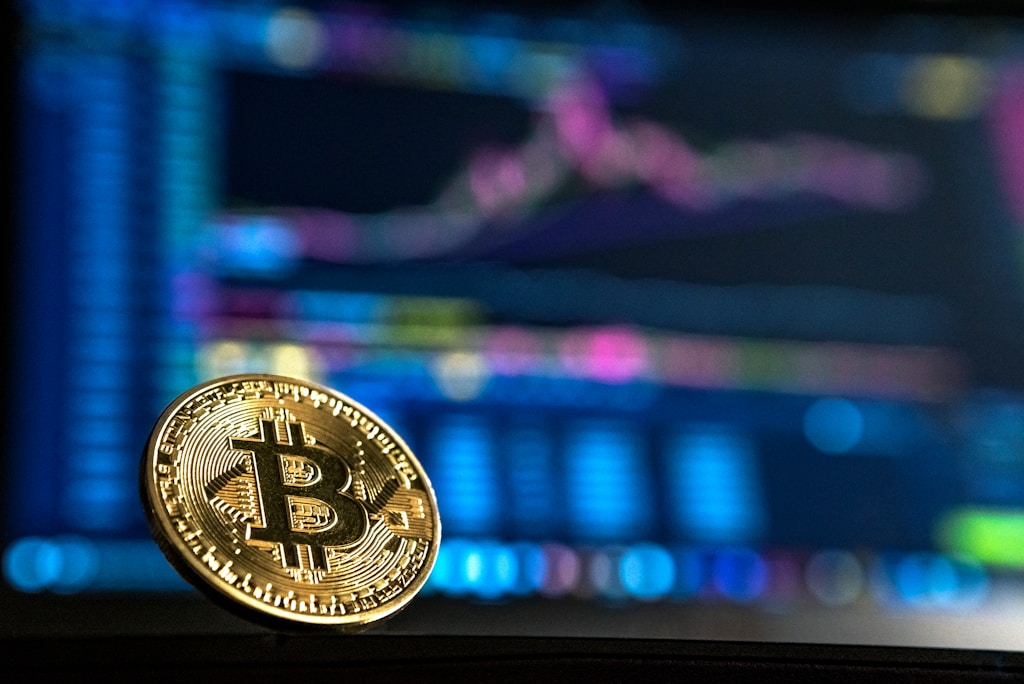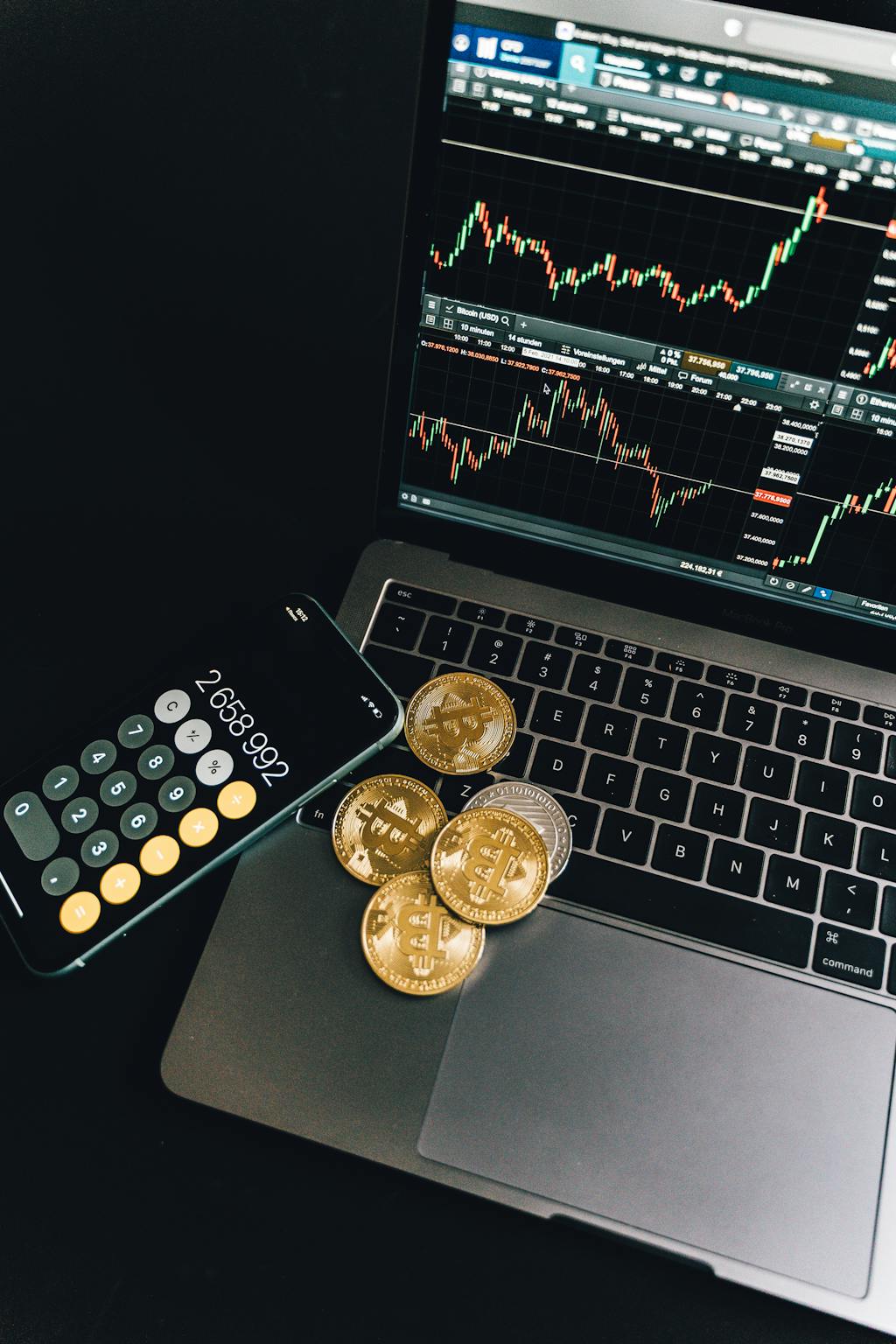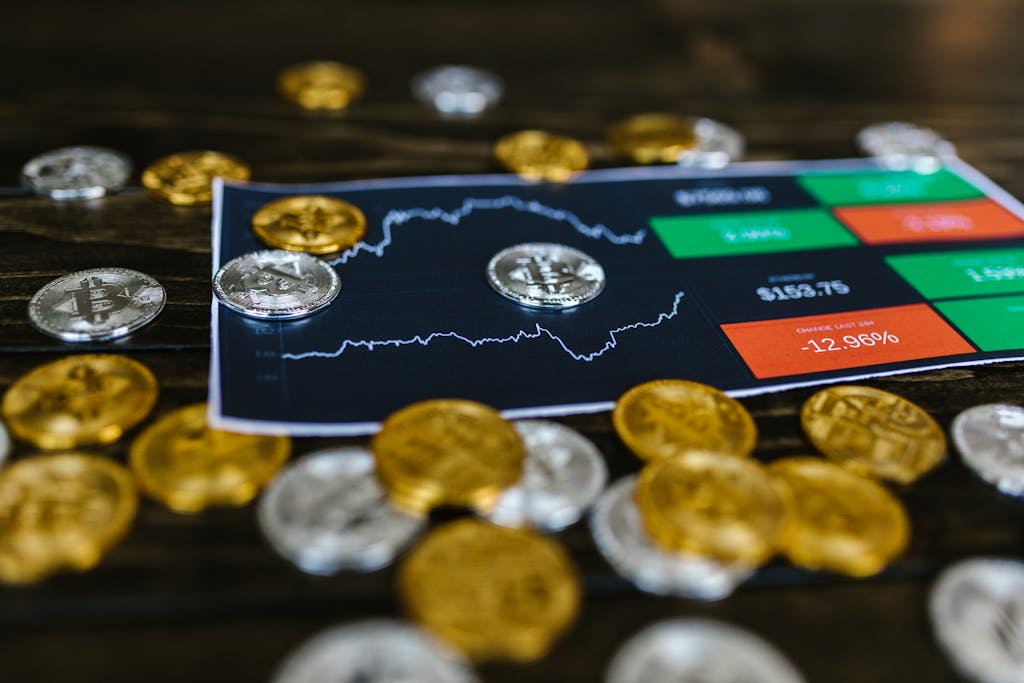Key Takeaways:
- MEXC COO Tracy Jin warns of capital flight from traditional markets
- Rising bond yields and U.S. Treasury concerns drive Bitcoin adoption
- Bitcoin’s neutrality and liquidity position it as an attractive alternative
In a significant market development, MEXC’s Chief Operating Officer Tracy Jin has highlighted a growing trend of capital migration away from traditional financial instruments, with Bitcoin emerging as a beneficiary of this shift. This comes as key metrics continue to signal a strong rally for Bitcoin, reinforcing its position as a preferred store of value.
The cryptocurrency market is witnessing a notable transformation as investors increasingly question the reliability of conventional investment vehicles. According to Jin, the rising yields in long-dated bonds and mounting concerns over U.S. Treasury obligations are creating a perfect storm that’s driving capital toward alternative assets.
Understanding the Market Shift
Several factors are contributing to this capital migration:
- Escalating bond yields creating market uncertainty
- Growing skepticism about traditional financial instruments
- Bitcoin’s appeal as a neutral, highly liquid asset
- Increasing institutional adoption of cryptocurrency
SPONSORED
Maximize your trading potential with up to 100x leverage on perpetual contracts
Bitcoin’s Growing Appeal
The cryptocurrency’s impartial nature and fluid convertibility are becoming increasingly attractive features for investors seeking alternatives to traditional markets. This trend aligns with recent projections showing institutional Bitcoin holdings could reach $430B by 2026.
Expert Analysis
“The current market conditions are creating a perfect environment for Bitcoin adoption,” explains Tracy Jin. “We’re seeing a fundamental shift in how investors view cryptocurrency as a legitimate alternative to traditional financial instruments.”
FAQs
Q: What’s driving the capital flight from traditional markets?
A: Rising bond yields, concerns over U.S. Treasury obligations, and growing uncertainty in traditional financial markets are key factors.
Q: Why is Bitcoin benefiting from this trend?
A: Bitcoin’s neutral status, high liquidity, and growing institutional acceptance make it an attractive alternative for investors seeking stability.
Q: What are the implications for the crypto market?
A: This trend suggests potential continued growth in Bitcoin adoption and value as more capital flows from traditional markets into cryptocurrency.






